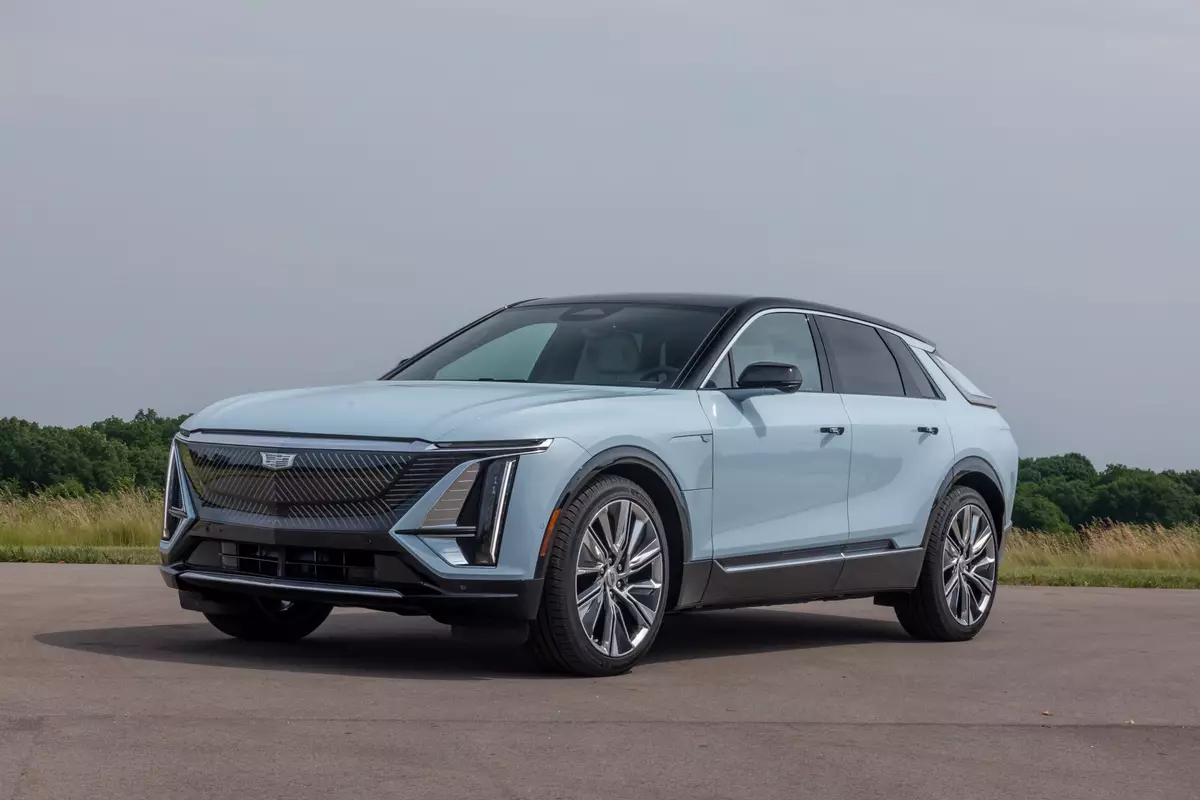The Morning Call and Mcall.com's view
The Subaru XT Turbo Coupe is almost the answer to the question, ”What does an auto manufacturer of practical economy cars do to broaden their appeal?” The answer, of course, is to build a sports coupe and go after the youth market and sports car buffs.
This is what Subaru did and did very well too. The Japanese car company was noted for, until just a couple of years ago, building nice, though far from exciting, small front-wheel drive cars and small four-wheel drive station wagons. Then it upgraded its product with sharper styling, turbochargers and incorporated four-wheel drive into its other vehicles.
The XT Coupe, however, was even a couple of light years beyond this. It looks like a car designed by the video games generation. This sleekly styled car has a drag coefficient of only 0.29 and looks like it was designed for space travel instead of the more mundane purpose of running with four wheels on the road. A look inside also confirms this. The instrument panel is not only electronic, not only digital, but three-dimensional as well. The telescopic/memory tilt steering column features move-along switch modules that further enhances the video games/space-travel image. (You’re almost tempted to look for the coin slot.) And to top things off, the manual transmission shift lever looks like the joy stick from a fighter plane.
Although all of this may seem just a bit much on first encounter, especially the triangular bar gauges of the tachometer and turbo boost that ”come at you” from a central vanishing point, everything turns out to be quite practical. The move-along modules assure that controls are always at the fingertips, it is difficult to overlook what the instruments are trying to tell you.
So, once again, Subaru (if you are really interested, a Japanese word for the star constellation known as the Pleiades or the Seven Sisters) builds a practical car. Something the company just can’t get away from. This model is even available in four-wheel drive, apparently for those who enjoy running around in a sports coupe in the snow.
Anyway, the wedge-shaped XT Coupe has a wheelbase of 97.1 inches, length of 175.2 inches, width of 66.5 inches, height of 49.4 inches and curb weight of 2,520 pounds. Driver and passenger seat room proved to be adequate for all but the very large. The seats have a height adjustment that will get the short person over the steering wheel and allow the tall person headroom. There is a back seat to the XT Coupe and it shouldn’t be used unless there is a dire emergency. However entrance and egress is made easier because of a ”walk-in device” fitted on the right front seat that automatically moves the seat forward when the backrest is released (by depressing a foot pedal).
Although a true coupe and not a hatchback, the back seat can be folded to provide extra cargo space. The trunk, itself, measures almost 10 cubic feet a nd there is another storage area of 1.8 cubic feet below the floor. So even though the XT Coupe is somewhat diminutive, it can carry a surprising amount of cargo.
The test car was an easy car to drive with no apparent bad habits. Handling is quite good and not terribly demanding. In other words, it’s a beginner’s sports car. The four-wheel independent suspension, which has been improved this model year for better handling, features coil springs all- around, semi-trailing arms in the rear, and anti-sway bars fore and aft. The Turbo model (there are also non-turbo DL and GL models) also features four-wheel disc brakes.
A real help in operating the five-speed manual transmission, and something I feel every beginning (and even experienced) driver would appreciate it the Hill-Holder. This unusual device allows a driver to stop on a hill and take his/her foot off the brake pedal without rolling back. It is operated by a simple check ball in a unit called theP essure Hold Valve. Very simple and very efficient. Just think of the possibilities of having a car holding on a hill and still having a free right foot to operate the accelerator when the time comes? This really is an old idea but Subaru is the only manufacturer to pick up on it lately. You may very well ask, ”if it is so good whey aren’t other manufacturers using it?” I really don’t know the answer to this one.
Powering the XT is another one of Subaru’s unique touches. This is a horizontally opposed four-cylinder engine. What this means is that there are two pistons on each side of the crankcase, instead of the four in line on all other four-cylinder auto engines. This engine is very similar to Volkswagen’s old Beetle. No doubt at one point, someone at Fuji Heavy Industries (the manufacturer of Subaru) saw the VW engine and figured if it was good enough for Dr. Ferdinand Porsche, it was good enough for Subaru. The main difference is that Subaru’s engine is water-cooled instead, of like the old VW, air- cooled.
But, no matter what, Subaru’s horizontally opposed engine just runs and runs and runs. The engine measures 109-cubic-inches or 1.8-liter, features multipoint electronic fuel-injection and an IHI Model RHB5 water-cooled turbocharger, and is rated at 110 horsepower at 4,800 rpm and 134 foot pounds torque at 2,800 rpm. Performance is very satisfactory and turbo lag is just minimal at initial acceleration. There is some torque steer on hard acceleration but nothing to get excited over.
The test car averaged 22 miles per gallon for city driving and 31 mpg over the highways. Even though the engine’s compression ratio is only 7.7:1, premium unleaded should be used because of the extra demands of the turbo.
Total price on the test car came to $14,319. Standard equipment (in addition to what has already been mentioned) includes: air conditioning, 20- watt ETR AM-FM stereo, pop-up sun roof, front and rear glass shade bands, speed alarm, cruise control, power door locks, power windows, power steering, two-tone paint, dual visor vanity mirrors, flexible front air dam and functional hood scoop, and all-season 185/70 HR13 radials.
Latest news



